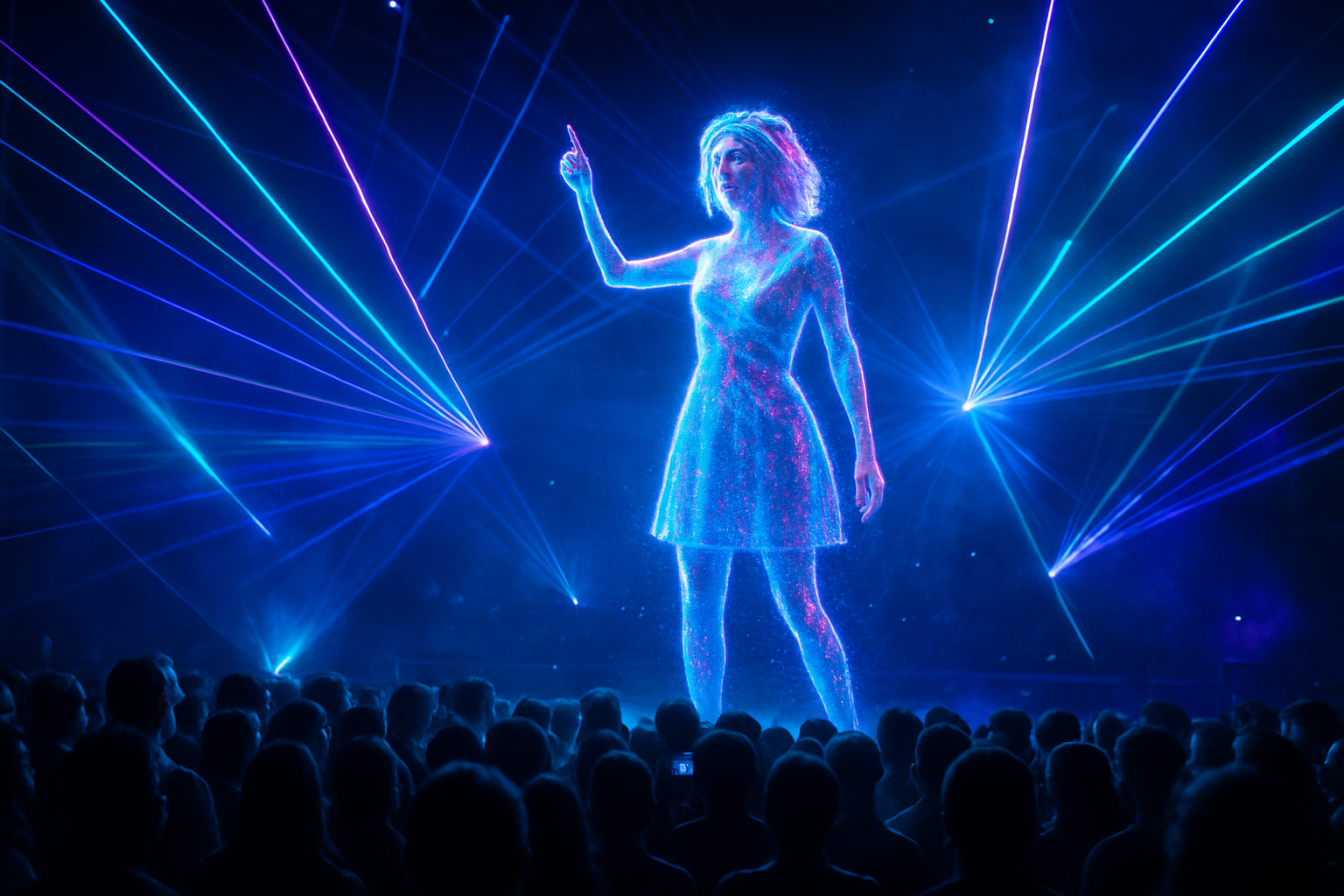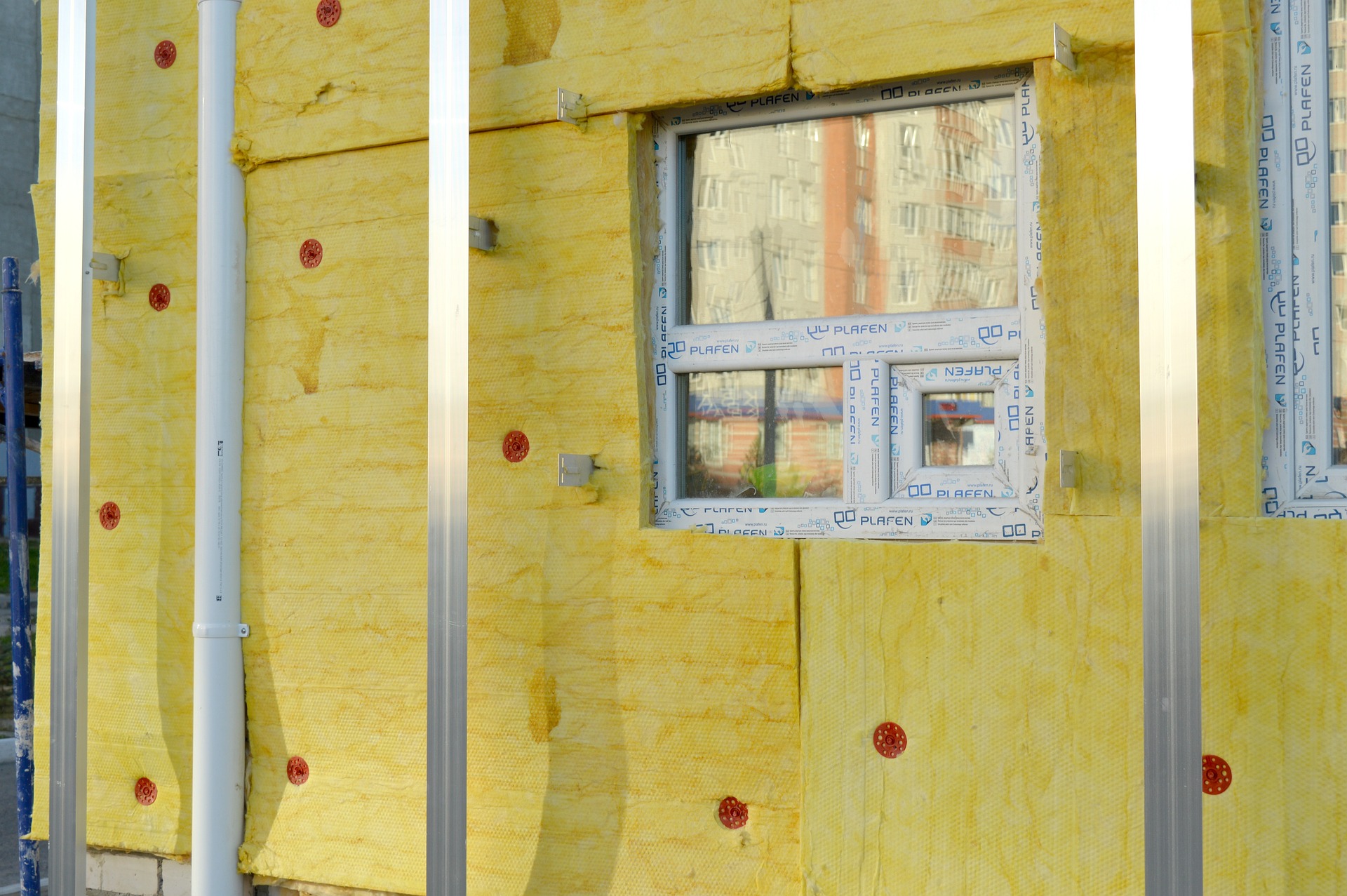Holographic Concerts: The New Frontier of Live Music
In an era where technology continues to reshape our entertainment landscape, holographic concerts have emerged as a groundbreaking fusion of music and cutting-edge visual innovation. This revolutionary approach to live performances is not only redefining the concert experience but also challenging our perception of what it means to attend a show. As holographic technology advances, artists and audiences alike are exploring the boundless possibilities of this immersive medium, ushering in a new age of musical entertainment that transcends physical limitations and pushes the boundaries of creativity.

Technical Marvels Behind the Illusion
At the heart of holographic concerts lies a complex interplay of advanced projection systems, motion capture technology, and high-resolution displays. The process typically involves creating a lifelike digital avatar of the performer, which is then projected onto a transparent screen using a combination of lasers and mirrors. This creates the illusion of a three-dimensional figure on stage, capable of moving and interacting with the audience and other performers in real-time.
Reviving Legends and Crossing Boundaries
One of the most compelling aspects of holographic concerts is their ability to bring deceased artists back to the stage, allowing new generations to experience legendary performances. From Whitney Houston to Roy Orbison, holographic tours have given fans the opportunity to witness iconic musicians in action, blurring the lines between past and present. Moreover, this technology enables living artists to perform in multiple locations simultaneously, overcoming geographical constraints and expanding their reach to global audiences.
The Ethical Debate Surrounding Digital Resurrection
While holographic concerts offer unprecedented opportunities, they also raise complex ethical questions. The practice of digitally resurrecting artists has sparked heated debates about consent, artistic integrity, and the commercialization of an artist’s legacy. Critics argue that these performances may exploit the memory of deceased performers, while supporters contend that they celebrate and preserve musical heritage. This ongoing discourse highlights the need for clear guidelines and ethical considerations as the technology continues to evolve.
Impact on the Music Industry and Live Entertainment
Holographic concerts are not just a novelty; they represent a significant shift in the music industry’s business model. By reducing travel costs and eliminating the need for physical presence, these performances open up new revenue streams for artists and promoters alike. Additionally, they offer a solution to the challenges posed by global events such as pandemics, allowing the show to go on even when traditional concerts are not feasible. As the technology becomes more accessible, it has the potential to democratize the live music experience, making high-profile performances available to audiences in remote locations.
The Future of Holographic Entertainment
As holographic technology continues to advance, the possibilities for its application in live entertainment seem limitless. Industry experts predict a future where holographic elements become seamlessly integrated into traditional concerts, creating hybrid experiences that combine the energy of live performances with the spectacle of digital artistry. Furthermore, the development of interactive holographic technology could allow for unprecedented levels of audience participation, transforming passive spectators into active participants in the musical journey.
Challenges and Limitations
Despite its potential, holographic concert technology still faces several challenges. The high cost of production and the need for specialized equipment currently limit its widespread adoption. Additionally, the technology must overcome issues such as image quality, synchronization, and the uncanny valley effect to create truly convincing and immersive experiences. As these hurdles are addressed, the line between virtual and physical performances is likely to become increasingly blurred, heralding a new era in the evolution of live music.



